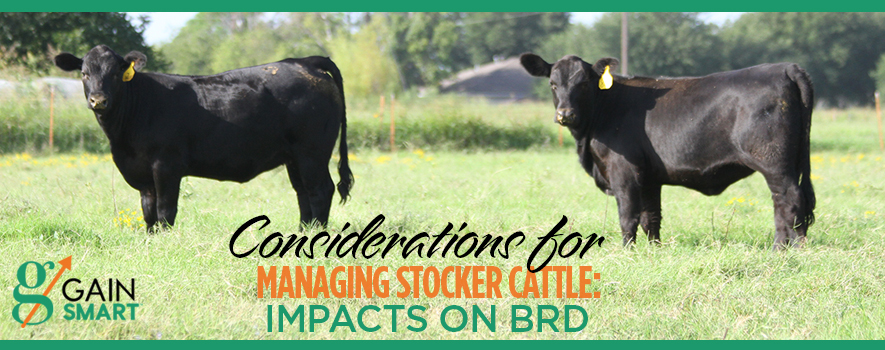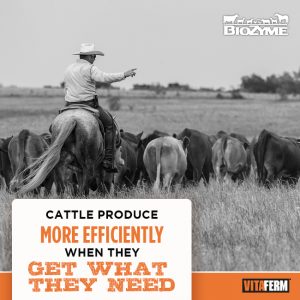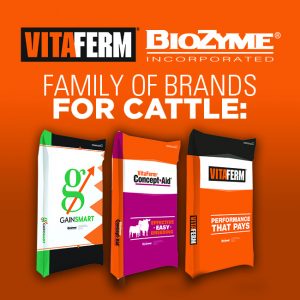Stocker cattle systems add value to recently weaned calves by marketing to cattle feeders large lots of uniform sized calves that have received health procedures (e.g., vaccinations, deworming, castration, dehorning) and are better prepared to thrive in confined feeding systems after getting past the stresses associated with weaning and commingling. However, calves transitioning from a pasture-based ranch system into a beef stocker system can experience unique and multiple stressors that increase the likelihood of bovine respiratory disease (BRD), and stocker cattle growers undertake considerable risk of BRD in the calves they receive. Bovine respiratory disease is the most common and economically detrimental disease of beef cattle during the post- weaning phase, causing approximately 75% of morbidity and over 50% of mortality in feedlots (Edwards, 1996; Smith, 1998). Cattle that suffer BRD in the feedlot have from $23.23 to $151.18 less value than those remaining healthy (Smith, 2009).
Recent high cattle prices, make producers even more aware of every management decision and how it may impact their bottom line. There are numerous management considerations that each producer must take into account, and they may often differ for each load of cattle received. Vaccination, deworming, antibiotic treatment, time of year, previous nutrition, current nutrition, mineral status, stocking density, and animal size are all management considerations that can impact the health of a group of stocker calves.
Calves that are received into stocker programs face several problems that can increase BRD incidence. These calves are typically lightweight, and experience stress from weaning and transportation to the stockering facility which can have negative impacts on the immune system (Sweiger, 2010). In addition, these calves are typically naïve and are exposed to a variety of new pathogens during the typical marketing and transportation process. To compound these problems, feed intake by stressed calves is typically low. For young lightweight calves, this combination of stress and reduced intake may potentially increase susceptibility to infection. It is imperative that at receiving calves are offered access to clean, fresh water and a palatable feed or forage source.
It has been well established that trace minerals such as Zn, Mn, Cu, and Se are important for immune function and growth, particularly in highly stressed, newly received calves during bovine respiratory disease (BRD) challenge (Richeson and Kegley, 2011). Often, with newly received, assembled stocker calves this is even more important since trace mineral status is unknown and many cattle may be deficient. Calves with a subclinical deficiency in trace minerals may be more susceptible to infection and see reduced growth rates. Therefore, knowledge of previous mineral status is important for managing health and performance of stocker calves. However, many cattle enter a stocker system from unknown origin so it is important that animals are provided with access to free choice mineral, and attempts are made to encourage consumption. It’s important to remember that even the best mineral available won’t do much good if the calves won’t eat it!
For most stocker systems in the Southern U.S., the most profitability has historically been realized with purchasing lightweight calves in the fall of the year, adding cheap gain through winter grazing, and marketing calves in the spring (Rankins, Jr. and Prevatt, 2013). However,
with the purchase of these lightweight calves comes the high risk of BRD due to increased stress and decreased nutrient intake of these smaller animals. Stocker producers who select lightweight calves as compared to heavier calves risk increased sickness and death loss, and thereby decreased profits. Therefore, management considerations may need to be altered for this lighter group of cattle.
Management can greatly impact illness and in return profits for the stocker producer, and for the cow/calf producer as well. It is often said that good management can cover a world of problems, and bad management creates problems. Regardless of the management strategy you choose, it is important to plan ahead to minimize potential problems.
For more information about beef cattle production, contact an office of the Mississippi State University Extension Service.
References:
Edwards, A. 1996. Respiratory diseases of feedlot cattle in central USA. Bov. Pract. 30:5–7. Smith, R. A. 1998. Impact of disease on feedlot performance: A review. J. Anim. Sci. 76:272–
274.
Smith R.A. 2009. North American cattle marketing and bovine respiratory disease (BRD).
Animal Health Research Reviews, 10, pp 105-108.
Sweiger S.H., Nichols M.D. 2010. Control method for bovine respiratory disease in stocker
cattle. Vet Clin N Am Food Anim Pract. 26(2)261-271.
Ball, D. M., C. S. Hoveland, and G. D. Lacefi eld. 2007. Southern forages, 4th ed. Int. Plant
Nutr. Inst., Norcross, GA.
Rankins, Jr, D.L. and J.W. Prevatt. 2013. Forage and co-product systems for stockers in the
South: Have fundamental shifts in markets changed the optimal system?. J. Anim. Sci.
91:503-507.
Richeson, J. T., and E. B. Kegley. 2011. Effect of supplemental trace minerals from injection on
health and performance of highly stressed, newly received beef heifers. Prof. Anim. Sci. 27:461–466.




